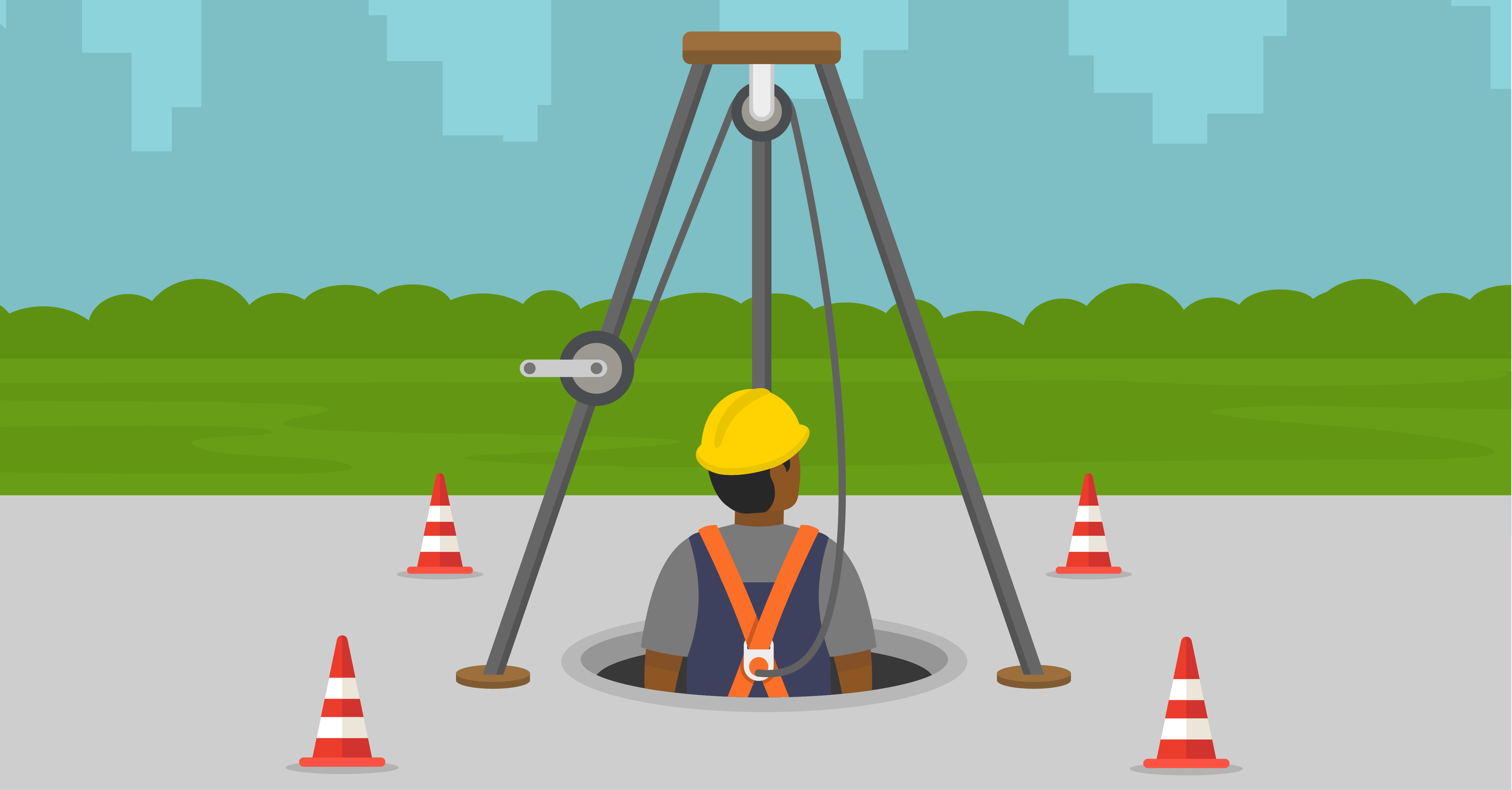The Legacy of Labor Day
September 7, 2016

In North America, the September long weekend has come to signal the end of summer and the chance for one last backyard barbecue before the fall. Its original significance is sometimes lost on us in the hustle and bustle of back-to-school preparations.
But Labor Day is a cultural holiday that commemorates an important moment in workers’ rights history and celebrates how far we’ve come. Labor Day is also one of the few holidays celebrated on the same day across all of North America, regardless of religious affiliation.
Labor Day’s Origins
Labor Day began in Toronto, Canada back in 1872. At the time, unions were illegal in Canada and workers often faced deplorable working conditions, long work weeks, and low wages. The late 1800s weren’t easy for those in the U.S. either, with the average American working a 12-hour day and a seven-day week, just to make a decent living. Workers felt powerless and unable to speak up, for fear of losing their jobs.
Yet on March 25, 1872, the Toronto Typographical Union made the bold decision to strike after three years of having their demands ignored by their employers. They gained support from workers in other industries, and on April 14 a parade of 10,000 people marched through Toronto for workers’ rights – this was 10% of the city’s population at the time!
Canadian Prime Minister John A. Macdonald responded by passing the Trade Union Act and decriminalizing unions. The parade, which was the largest public demonstration in Canada at that point in history, inspired an annual celebration of workers’ rights and their contributions to the economy that spread throughout the country. It moved to New York City in 1882, and Labor Day was declared a legal holiday in both Canada and the U.S. in 1894.
Fast Forward to the Present
In the 144 years since that demonstration, there have been tremendous advances that have improved working conditions across North America. Unions, employers, government groups, technological advances, and workers themselves have all played a vital role in making working conditions far better for successive generations.
Like many other national holidays that we celebrate, there have been sacrifices over the years associated with the fight for safe working conditions. Sadly, people still die on the job every day in North America and throughout the rest of the world.
Ken Georgetti, president of the Canadian Labour Congress (CLC), put it best when he said “Lots of people lost their lives in order to establish the right to refuse unsafe work and the right to be treated fairly and without discrimination.” Labor Day marks the occasion when workers found their voices and realized the progressive influence they could have if they spoke up together.
The Moral of the Story
Labor Day exists not only for us to enjoy one last summer barbecue, but to celebrate the everyday contributions and accomplishments of the people who make up our country’s workforce—and look forward to seizing future opportunities to improve health and safety in our workplaces.





